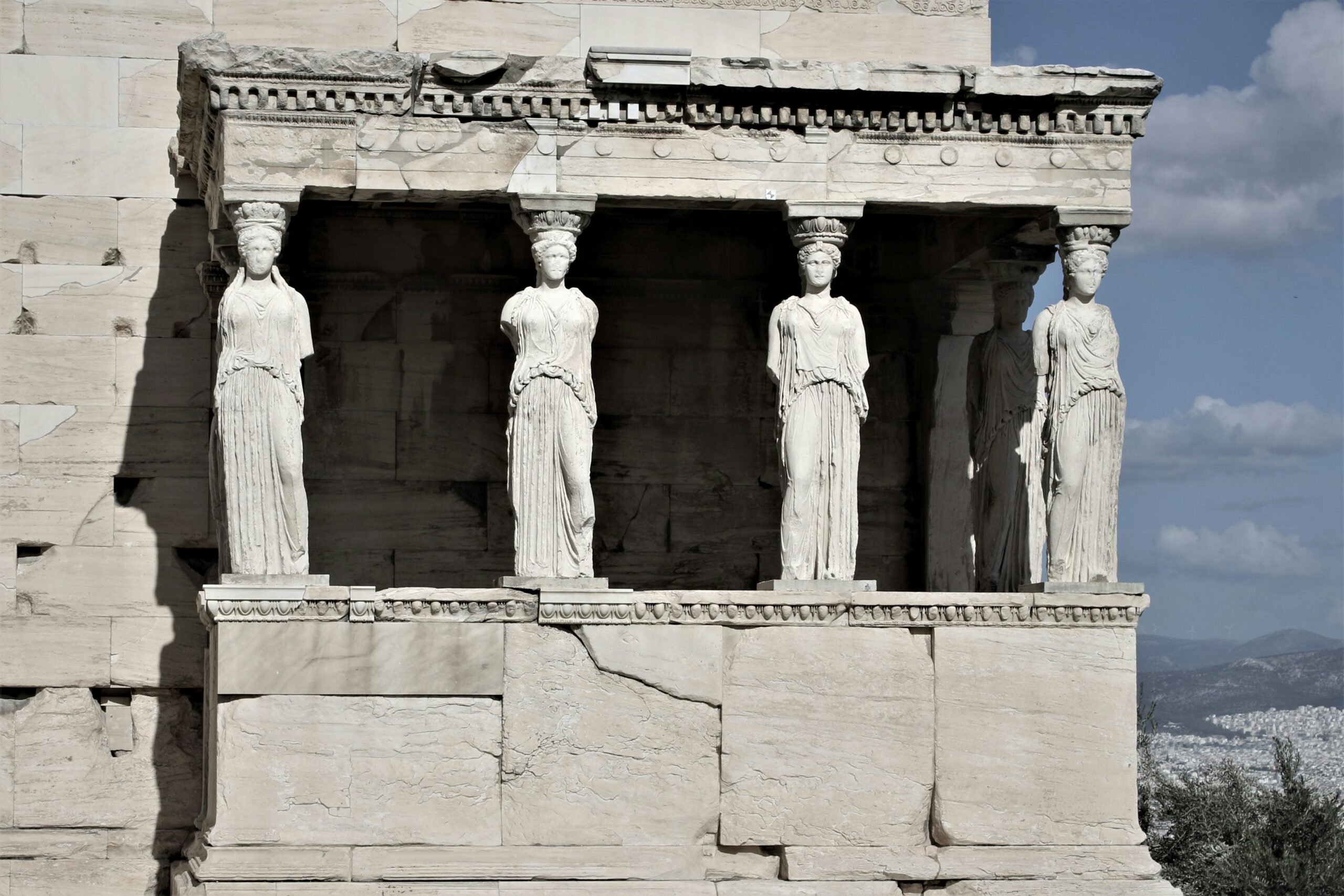Ancient Greek statues are among the most admired artworks in the world, celebrated for their beauty, realism, and expressive detail. But beyond their aesthetic achievements, these statues held deep symbolic meaning within Greek society. They represented ideals, expressed values, embodied myths, and acted as bridges between mortals and the divine.
This article explores how ancient Greek sculpture functioned not only as artistic expression but also as a powerful cultural symbol that reflected the beliefs, values, and philosophical ideals of a civilization that shaped the foundations of Western art.
Statues as Embodiments of the Divine
In ancient Greece, gods and goddesses were imagined in human form, and statues played a crucial role in religious worship. These sculptures were not mere illustrations of the divine—they were manifestations of the gods on earth. Placed in temples, sanctuaries, and public spaces, the statues were believed to contain the presence of the deity they represented.
The grandeur and perfection of these divine statues reflected the Greeks’ desire to honor their gods through idealized forms. One of the most famous examples is Phidias’s statue of Zeus at Olympia, one of the Seven Wonders of the Ancient World. It wasn’t just a monument—it was a sacred object that expressed religious devotion and civic pride.
Humanism and Ideal Beauty
Greek sculpture is renowned for its development of the human form as an object of ideal beauty. This aesthetic was grounded in a deeper philosophy: that human beings, particularly men, could embody divine perfection through physical and moral excellence.
Statues like the Doryphoros (Spear Bearer) by Polykleitos exemplified the concept of symmetria—balance and proportion—as a reflection of inner harmony. The physical body, sculpted in idealized proportions, symbolized mental and spiritual virtue. This connection between outer form and inner truth became a defining feature of Greek artistic philosophy.
Symbolism in Posture and Expression
Greek sculptors evolved from the rigid forms of the early kouros (standing youth) statues to more naturalistic poses that expressed movement, emotion, and character.
Contrapposto pose (a relaxed stance with weight shifted onto one leg) symbolized vitality and individual presence.
Calm, serene expressions were often used in depictions of gods or idealized humans to signify rationality and divine wisdom.
Dynamic gestures in Hellenistic sculptures later conveyed emotion, struggle, or dramatic tension—revealing a deeper exploration of the human experience.
Each sculptural choice was symbolic, meant to communicate something not just about the subject, but about the ideals of the society.
Commemoration and Civic Pride
Public statues in ancient Greece also served as commemorations of victory, virtue, or public service. Statues of athletes, generals, and statesmen were erected to honor excellence (arete) and contribute to civic identity.
Victory statues, like the famous Nike of Samothrace, were both celebrations of triumph and spiritual offerings. They symbolized divine favor, national pride, and the unending pursuit of greatness.
These sculptures were meant to inspire citizens by embodying the values that defined the polis—courage, discipline, loyalty, and honor.
Funerary Statues and Personal Legacy
In cemeteries, Greek statues played a deeply symbolic role in commemorating the dead. Gravestones and funerary sculptures often portrayed idealized versions of the deceased, not in sorrow, but in dignity and beauty.
A statue might show a man bidding farewell, a woman seated gracefully, or a child in quiet innocence. These images weren’t simply about mourning—they were statements about the virtue and eternal presence of the individual. They reinforced the Greek belief in human dignity and the continuity of legacy.
Material and Medium as Meaning
While marble became the iconic medium of Greek sculpture, bronze was also widely used for its strength and dynamism—especially for statues that required extended limbs or dramatic poses.
Marble symbolized purity, timelessness, and divine refinement.
Bronze conveyed action, vitality, and realism—used especially for athletes and warriors.
The choice of material wasn’t just technical—it was symbolic, aligning the medium with the message of the sculpture.
From Gods to Mortals: The Democratization of Sculpture
Over time, Greek statuary evolved from strictly religious functions to increasingly humanistic and personal purposes. Hellenistic sculptures, in particular, explored more intimate, emotional, and even mundane subjects: old age, suffering, or daily life.
This shift reflected broader cultural changes—a move toward individual experience and a more complex understanding of humanity. Sculptures became symbols not only of gods and ideals but of real people and personal truths.
Conclusion
Statues in ancient Greek culture were never just art objects. They were symbols—of divinity, virtue, power, memory, and beauty. Through their forms, materials, and gestures, they embodied a vision of the world in which the human and the divine, the physical and the spiritual, were deeply connected.
As we continue to admire these masterpieces in museums and textbooks, we’re not just seeing ancient forms—we’re witnessing timeless ideas about what it means to be human.




